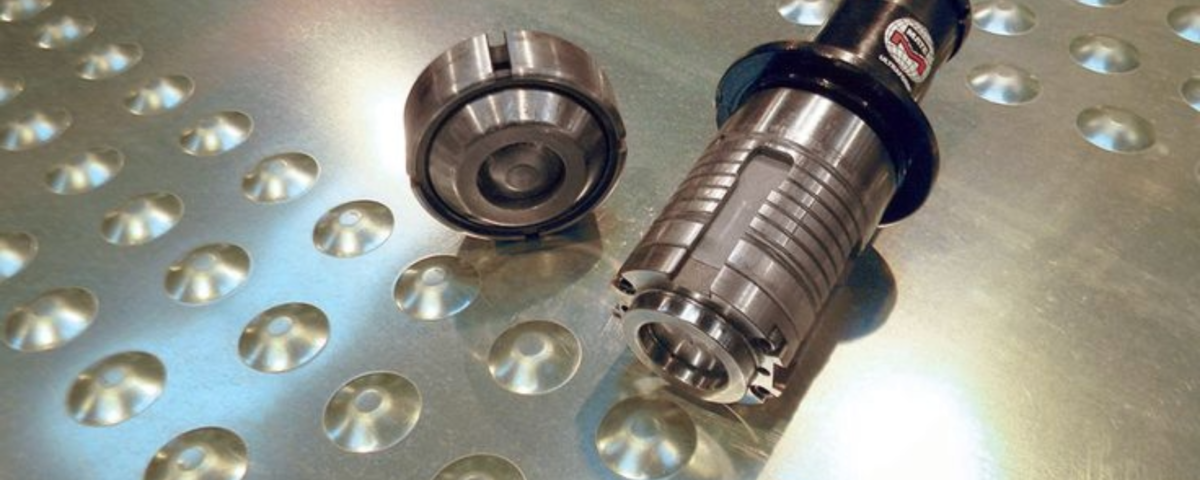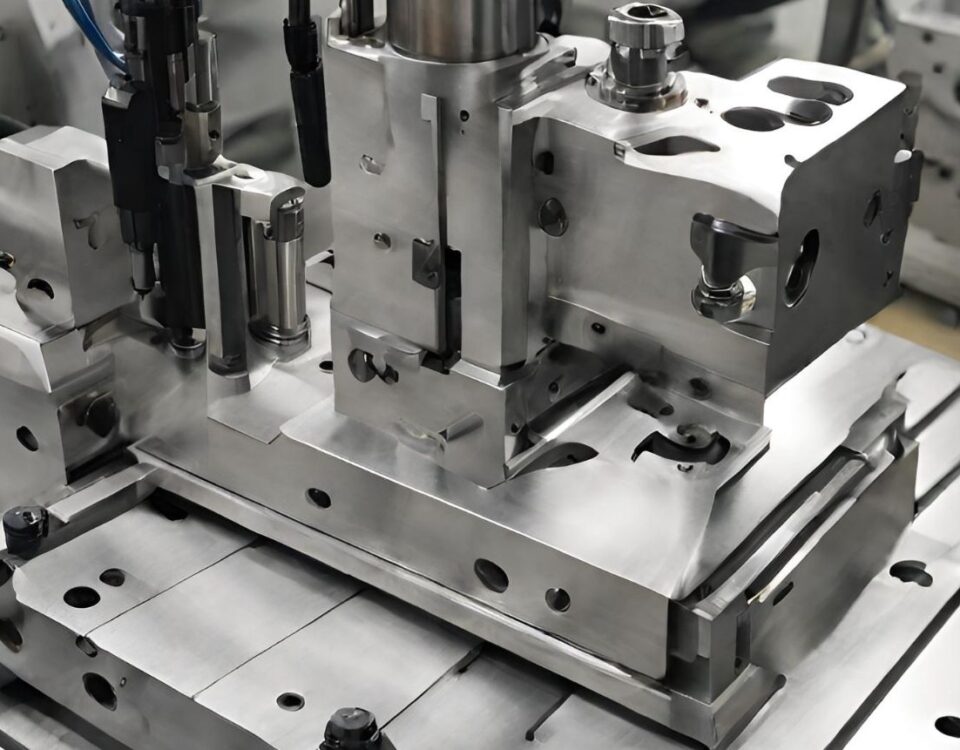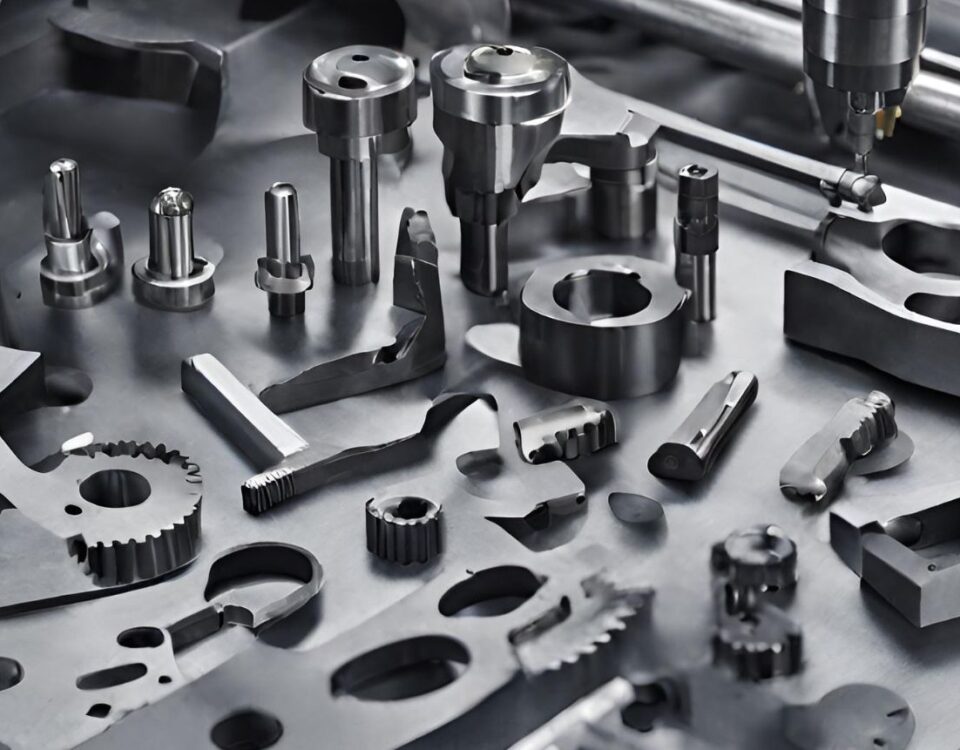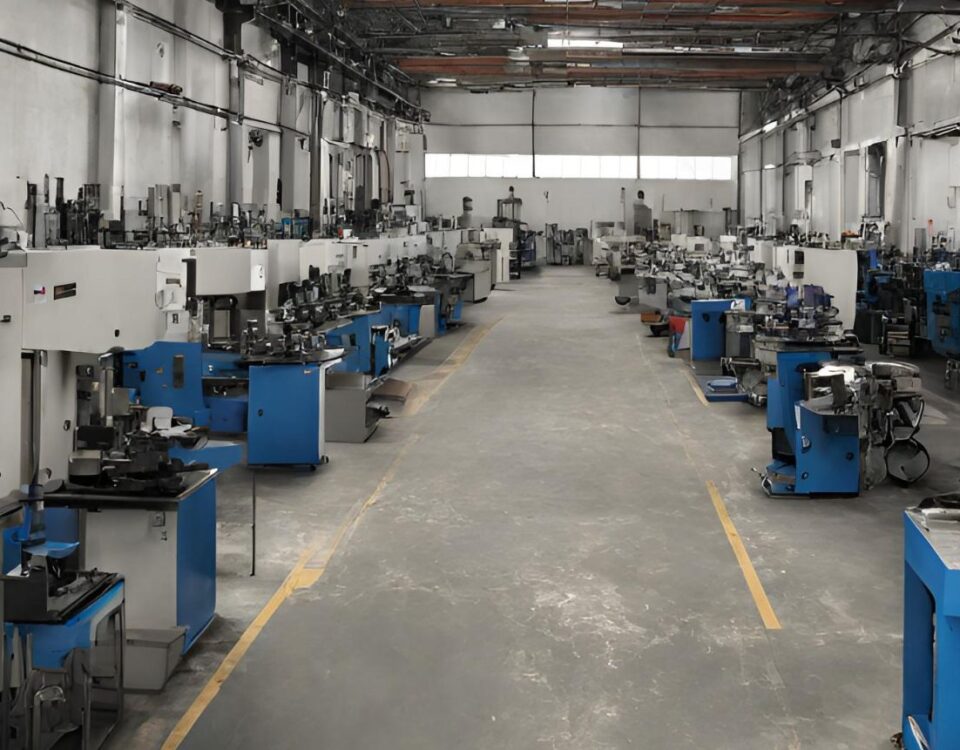
A Brief Overview of Machined Parts
27 December 2023
5 Steps to Launch Small-Scale Maize Milling
29 December 2023A manufacturing process called precision sheet metal fabrication entails forming raw metal sheets into completed goods or parts that will be put together to create a finished good. The metal sheet can be cut into smaller shapes or "subtracted," which is forming it into a unique shape. To create the precise parts needed for assembly or application, plasma cutting machines typically use a computer numerical control, or CNC.
Applications of Precision Sheet Metal Fabrication
Precision sheet metal fabrication is used to create an infinite number of parts and other components, from large steel beams for structural applications to smaller parts used in agricultural equipment. In actuality, structural steel is highly sought after by sectors experiencing global expansion, such as shipbuilding and construction.
Precision Sheet Metal Fabrication Tools Used
Expert fabricators can enhance their fabrication production with a multitude of tools at their disposal. The technology of plasma cutting is one well-known example. A powerful torch that can cut through metal sheets and plates is produced by plasma cutters, and these devices can be fitted with automated CNC software to enhance and accelerate production.
The Process of Sheet Metal Fabrication
Sheet metal fabrication involves several key steps:
1. Design: The process begins with the creation of a detailed design or blueprint, which outlines the specifications and requirements for the final product.
2. Material Selection: The appropriate sheet metal material is chosen based on the specific properties required for the end product, such as strength, flexibility, and corrosion resistance.
3. Cutting: The selected sheet metal is then cut into the required size and shape using various methods such as shearing, laser cutting, or waterjet cutting.
4. Forming: The metal is then shaped and formed into the desired configuration through processes like bending, rolling, or stamping.
5. Assembly: Different parts may be assembled using methods such as welding, riveting, or binding to create the final product.
6. Finishing: This step involves surface treatment, which may include painting, powder coating, or plating to enhance the appearance and protect the metal from corrosion.
7. Quality Control: Throughout the process, quality checks are performed to ensure that the fabricated product meets the required standards and specifications.
By following these steps, sheet metal can be transformed into a wide range of products used in various industries, from automotive components to household appliances and beyond.
Conclusion
A precision sheet metal fabricator plays a crucial role in transforming sheet metal into a wide array of products through a meticulous process. By combining design, material selection, cutting, forming, assembly, finishing, and rigorous quality control, precision sheet metal fabricators deliver high-quality, custom metal components used across diverse industries. This process underscores the importance of precision, expertise, and attention to detail in producing components that meet exacting standards and specifications.




